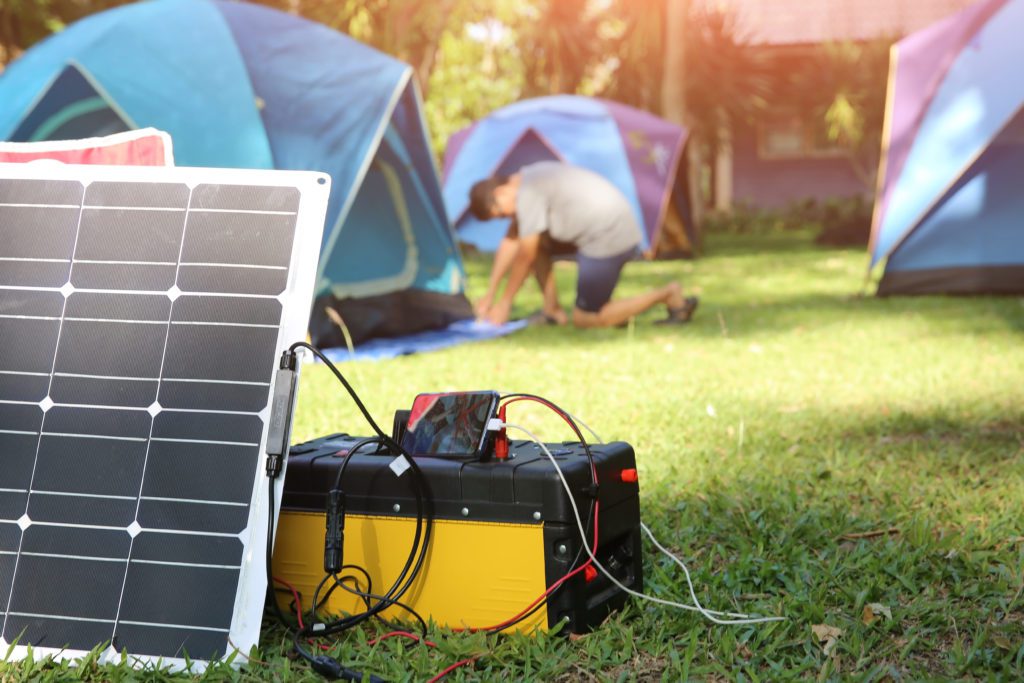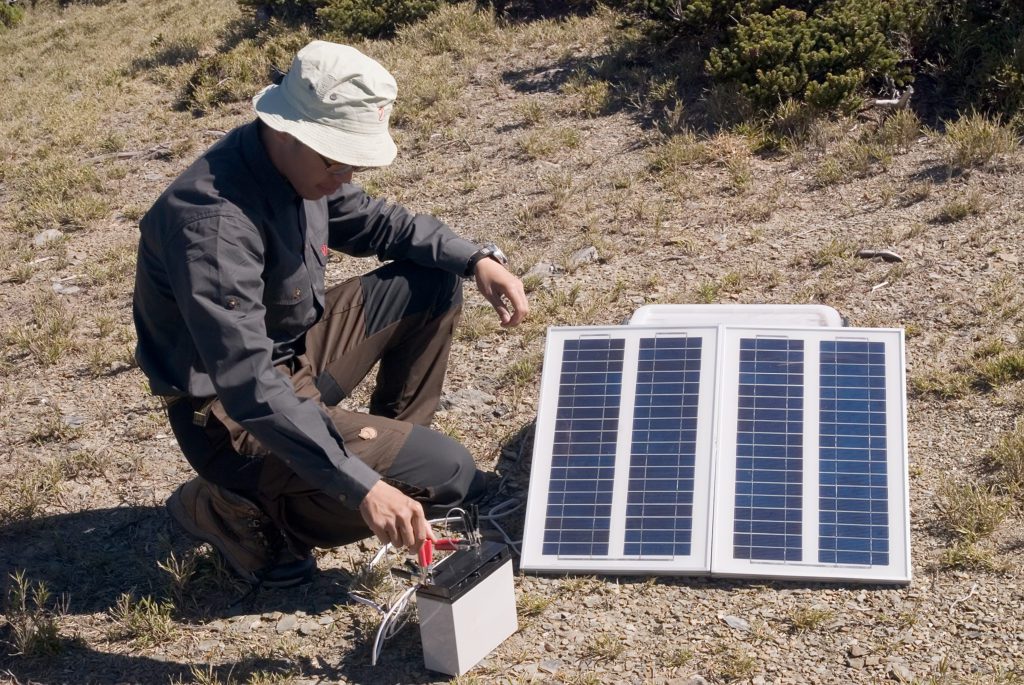The solar energy industry is said to have come a very long way for the past few decades and is now believed to be the preferred energy source for millions of establishments across the globe. After all, it’s eco-friendly, easy to use, and best of all, it’s free-of-charge (at least after your initial expense).
But unless you have the budget for a full-fledged solar power system installed, you might want to consider a solar powered generator instead for long power interruptions occur especially during disasters. It’s like your ordinary backup generator, but instead of gas, it uses the power of the sun via solar panels and stores it in its battery compartment.
This article can show you important considerations when buying for a solar power generator unit to find the right one for your needs.
Watt-Hours
A solar generator’s watt-hours or capacity ensure that it can power devices for the length of time you need. This measurement tells you how much continuous power it can generate for 60 minutes with a full battery chakra. Also, it helps you estimate how much power the generator can provide before recharging again.
For instance, a 600-Wh portable generator can power a 60-watt light for 10 hours or power two 150-watt devices for two hours before the battery’s stored energy is exhausted.
Take note, that these are just estimated calculations. With that said, multiply the total wattage of the devices by the time they need to run. Then, pick a generator that offers a watt-hours capacity accordingly.
Running Watts
Also known as rated-watts measurement, the running watts indicate the electricity that the generator can produce continuously. Consider tallying the wattage requirements of home devices that the generator will accommodate.
You can find the requirements of an electrical device on the device itself. Make sure that the running wattage of the solar generator of your choice is greater than this total.
Peak Power
The peak power is the starting watts measurement of a solar generator indicating the power it can briefly deliver before settling into the running output. This momentary surge of extra power is required to start an electrical motor on devices such as a fan or mini-fridge. So, this measurement is usually higher than the running watts.
If you’ll be powering a device with a motor, determine the starting wattage of that device and make sure that the peak power output of the solar powered generator can accommodate it.
Recharge Time
Recharge time measurement gives you an estimate on how long it takes to fully charge a depleted solar generator battery. The manufacturer’s documentation should indicate a charging time estimate based on the charging speed of the generator and the power input from the solar panels.
Just take note that it’s most likely based on the maximum input from solar panels which you can’t always expect. A cloudy day will impact charging time. You also need to factor this in with the power and capacity needs.

Solar Photovoltaics (PV) Input
Solar photovoltaics (PV) refer to the solar panels used to collect solar energy and power the generator. In order to have a continued source of electricity throughout the whole day, you’ll need to have enough input from your solar PV.
Some generators will have built-in solar panels while others require you to buy separate panels and connect them to the generator.
Solar PV input also has a direct effect on the recharging time of the generator. You can come up with the estimated time the solar panels get fully charged by dividing the figure of the capacity wattage by the overall wattage of the solar panels.
So, for instance, if you own a solar energy generator with a capacity wattage of 500 with a total wattage unit at 50 for each solar panel, recharging your generator with two solar panels can take 5 hours.
Take note, whatever solar energy generator with less than 2,500Wh shouldn’t take more than about 6 hours to fully recharge. Longer charging times would be inefficient and impact continuous device utility.
Battery Storage
Solar generators use either lithium-ion (Li-ion) or lead-acid batteries to store energy. In general, generators with lead batteries are less expensive than those with Li-ion batteries. However, the latter will likely last longer and tend to be lighter, which is beneficial if portability is important.
You also need to think of capacity. The higher the battery’s capacity, the longer it can run the generator in between charges when there’s a limited amount of sunlight.
Inverter Rating
A solar generator’s inverter’s responsibility is to convert low volt direct current (DC) to the standard 120 alternating current (AC) power. With the lack of an inverter unit, your generator won’t be able to use the energy of the sun and power your basic home appliances.
Inverters are mostly rated by the maximum number of watts they can get from the solar electricity generator at any given moment.
Conclusion
When it comes to being prepared for emergency situations or consuming electricity the eco-friendly way, a solar powered generator is a great way to power your home. With the above considerations, you should be able to find the right solar generator unit for your needs and you’ll soon experience the convenience that solar power provides.






